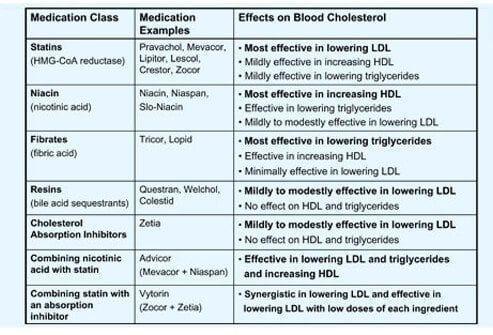Headaches, the most commonly used medications
One of the most common and widespread pains is the headache or headache. Often with a little rest it goes away on its own or you can take one of the specific medications such as Aulin. The origins of this disorder are varied, and to diagnose the nature of one's headache it is best to consult the doctor.
Various medications can be taken, without abusing them, sparingly, when the headache problem is transient and due to more stressful days or premenstrual syndrome, e.g.
The most popular ones are paracetamol, aspirin and ibuprofen.
Paracetamol is used in all those cases where NSAIDs cannot be used such as hypersensitivity, allergies, ulcer problems, or clotting problems.
Some very famous and widely used NSAIDs are:
- ibuprofen (e.g Moment for mild to moderate pain). The amount of ibuprofen to be taken should be determined by the doctor according to each patient’s age, weight, and condition. However, it is always important to read the package insert or seek advice from the pharmacist.
- Aspirin (Aspirin Pain and Inflammation should be taken with an adequate amount of fluids.). 1-2 tablets, repeating the dose if necessary after at least 4 hours have passed for a maximum daily dosage of 6 tablets.
- Diclofenac: when administered orally, the usual dose of Diclofenac is 50-100 mg per day, depending on the severity of symptoms presented by patients. The dose can be increased to a maximum of 150 mg of medication per day.
- Nimesulide: usually the recommended dose is 100 mg of Nimesulide to be taken twice a day after meals. The active ingredient should be used for the shortest possible time and only to treat acute, not chronic pain.
These medications are found on the market both as OTC and prescription drugs.
